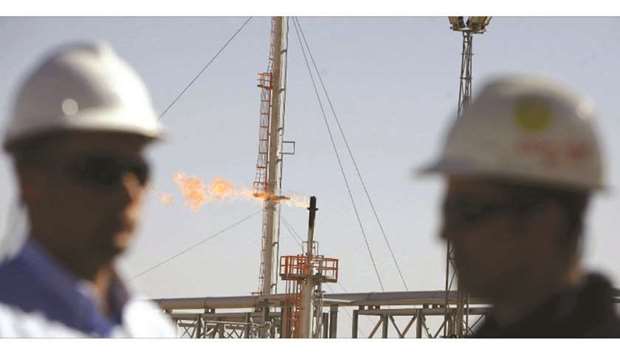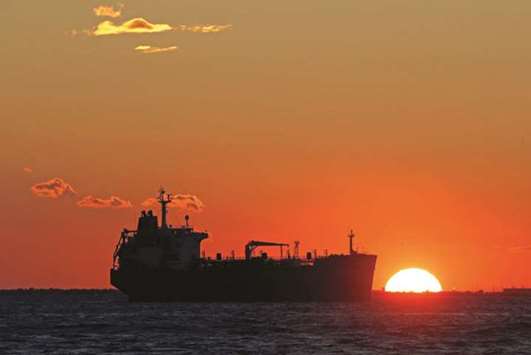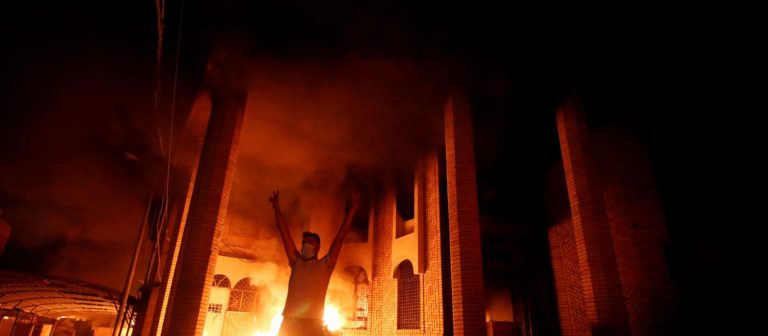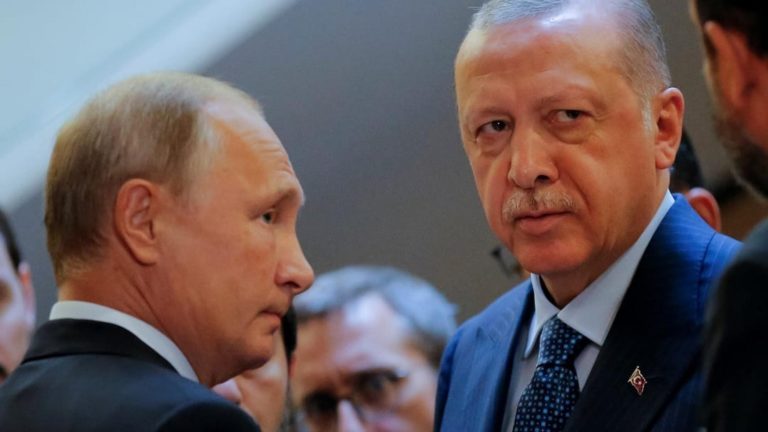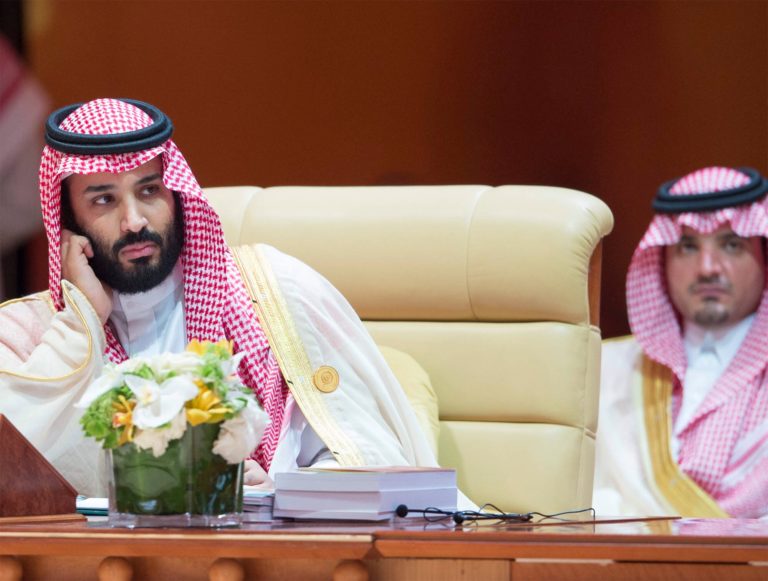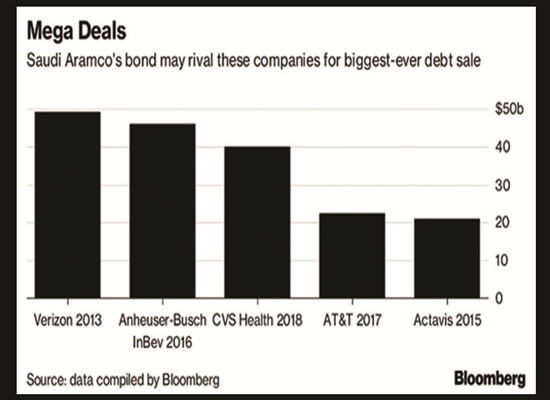Rival Shiite Factions Could Be Headed Toward Disaster
When Iraq and the international community liberated Mosul last year, the Iraqi government declared victory: the three-year conflict against jihadist terrorists who had seized much of the country’s north was over. But the declaration was premature. ISIS remains a major threat, not only because of its own acumen as an insurgent movement but because Iraq’s ruling elites have failed to address the conditions that enabled ISIS in the first place. Their failure to address the basic needs of a deeply destitute and conflict-weary population, to remedy political and social divisions, and to forge a common national framework that unifies the country could soon pave the way for yet another devastating civil war as rival groups compete for control of the Iraqi state.
After the parliamentary elections in May 2018, Iraq was supposed to turn the page to a new, post-ISIS, even post-sectarian chapter, in which politicians would remedy the country’s polarization, endemic corruption, and violent instability. Yet things are getting worse, not better, for Iraq. Iraq’s weakened Prime Minister, Haider al-Abadi, who came in third in the elections, put forward a series of tokenistic anti-corruption initiatives that failed to convince Iraqis who are impatient with piecemeal, symbolic reforms. Corruption can take years to remedy, Iraq’s politicians explain—patronizing a population that has already waited more than fifteen years for reform.
The elections were followed by mass demonstrations in much of southern Iraq, including Basra, where protestors burned provincial council buildings and the Iranian consulate and stormed the offices of political parties. Iraq’s security forces and government-sanctioned Shiite militias responded with deadly force and human rights abuses. Basra holds Iraq’s largest oil reserves, accounts for 80 percent of the country’s oil exports, and provides more than $7 billion a month to the government coffers. It should be Iraq’s richest province, but it is among its poorest. Like much of Iraq, the city lacks clean water, electricity, and jobs.
The combination of a frustrated population and a government that lacks both the credibility and the capacity to assuage it makes for a perilous situation. Iraq has all the makings of a country that is susceptible to conflict relapse, and rather than turn a new chapter it could find itself in another civil war. Beyond political and social polarization, it suffers from the inexorable accumulation of weapons and military organizations, the absence of viable institutions, and multiple alternative authorities that supplant the Iraqi state. Many areas are beyond the influence and control of the government, including the predominantly Shiite south, where power is distributed diffusely among parties, militias, tribes, and clerics.
Since 2003 large-scale conflict in Iraq has been between Arab Sunni and Shiite communities. But in the coming phase, conflict in Iraq will most likely be between the powerful, resource-rich, and battle-hardened Shiite rival factions that dominate the government.
INTRA-SHIITE RIVALRIES
When ISIS rose in 2014, it filled a political and ideological void that still exists today. It capitalized on feelings of marginalization among Iraqi Sunnis, as well as discontent with the corruption and dysfunction of the Baghdad government. These deep-rooted resentments are still present, but Sunni Arabs are unlikely to mobilize for the foreseeable future. They are too bruised, bloodied, and fatigued as a result of countless wars against enemies internal (ISIS, al Qaeda in Iraq, tribal infighting) and external (the United States, the Shiite-dominated Iraqi armed forces, and sectarian Shiite militia groups).
Instead, Iraq’s next war will likely be a civil war between Shiite Islamist rivals. These groups have dominated Iraq’s most powerful government posts and its security institutions since 2003. They have deployed or co-opted militia groups to secure substantial state resources. Collectively, Shiite militias are more powerful than the Iraqi armed forces, which collapsed in the face of the ISIS offensive in 2014.
Shiite militias do not submit to government control, but they are entrenched within state institutions and exploit state resources. Iraq’s most powerful and oldest militia, the Badr Brigade (formed in the 1980s in Iran), commands the federal police and has headed the Interior Ministry since 2003. After the fall of former dictator Saddam Hussein, the Badr Brigade fought bloody battles with anti-West cleric Muqtada al-Sadr and his Mahdi Army militia. Prime Minister Abadi’s Islamic Dawa Party does not have its own militia but has abused its control over the armed forces to suppress its rivals. It has also mobilized and armed tribal factions.
Rivalries among the Shiite factions predate the 2003 U.S. invasion of Iraq. Since 2003, bloody conflicts among Iraqi Shiites have required intense mediation by political and religious leaders, including, in some cases, those from outside powers, such as Iran. In 2005, Grand Ayatollah Sistani, the leading Shiite clergyman, was forced to mediate between rival Shiite groups amid a deadly Sunni insurgency. Iraq has avoided a full-scale, internal Shiite conflict so far because it has been occupied with the Sunni insurgency, al Qaeda in Iraq, and then ISIS. These threats still lurk in the background but are not the imminent, existential threats they once were for the ruling Shiite community.
The contestation over state resources, including the high-stakes, dispute-ridden government formation process (that determines the ruling class’s share of the Iraqi state and its resources) is rapidly turning into a zero-sum game. Unlike in the past, Iraq’s Shiite factions cannot continue to get away with carving up the state among themselves while they deliver empty promises to a discontented population. The popular demand for reform is so urgent and so great that even the Shiite religious establishment has intervened to insist that the government address it. Yet the real risk that a single faction will weaponize government coffers and exploit the reform process in the coming years renders these political conflicts potentially existential ones to the groups involved.
Iraq’s political and security landscape has changed substantially since 2003. On paper, the 100,000-strong umbrella militia organization known as the Popular Mobilization Force (PMF), formed after the collapse of the Iraqi army when ISIS seized Mosul, is a state institution that submits to government control. But in reality it is led and dominated by a plethora of autonomous Iran-aligned militia groups who do not answer to the government and who have a history of violently confronting the Iraqi military. The PMF is ascending so rapidly that it could soon subsume Iraq’s conventional armed forces.
Tensions have intensified between Abadi (the commander in chief of the armed forces) and the Iranian-backed leadership of the PMF. Hadi al-Ameri, head of the Badr Brigade and de facto head of the PMF, has allegedly warned U.S. Special Envoy Brett McGurk that he would topple any government formed as a result of U.S. interference. Amid incessant threats against the United States from Iran-aligned militias, on Thursday, multiple mortars were reported to have targeted the U.S. embassy in Baghdad’s fortified Green Zone. In Basra, Iranian proxies fired rockets at the U.S. consulate located in the city’s airport.
Already, the PMF has warned the Iraqi military against interfering in the divisive politics that has engulfed the country. The Iraqi military would almost certainly lose a fight with the PMF and its Shiite militias, which are now amalgamated under one banner and are no longer disparate and ragtag groups as they were a decade ago. These groups have made a radical transformation into viable, credible, and battle-hardened sociopolitical movements. The PMF ran candidates in the elections for the first time and came in second, beating rivals with decades of political mobilization and experience. The PMF is not only better trained and disciplined than the military but, critically, it enjoys far more legitimacy and support from the population on account of its battlefield successes and grassroots origins. The army, by contrast, is heir to a tainted history and widely perceived as corrupt and ineffective.
SAVING IRAQ
Structural conditions in Iraq are such that political rivalries and long-standing grievances have every chance of escalating into civil conflict. Social unrest like the protests in Basra could trigger yet another war between rival factions who have contested and exploited the riches and spoils of the country since 2003.
But Iraq may still have one last option for peace, in the form of a more proactive and interventionist role from Ayatollah Sistani. Since 2003, Sistani’s declarations and fatwas have helped contain sectarian conflict. In 2014, when ISIS seized Mosul, Sistani forced former Prime Minister Nouri al-Maliki out of office, which paved the way for Abadi’s premiership and mobilized volunteers to stop ISIS from expanding. He has already intervened in the recent conflict by effectively ruling that Abadi should step down. In accordance with centuries long Shiite religious tradition and practice in Iraq, the Ayatollah intervenes only reluctantly, and when he does, it reflects the magnitude of the crisis. Ignoring or pushing back against Sistani would further shift Shiite popular opinion against Abadi and would galvanize and unify his rivals. Few leaders in Iraq’s history picked a fight with the clerics in Najaf and emerged unscathed.
The cleric and the religious establishment that he presides over may be uniquely positioned to credibly enforce the changes and reforms that Iraq needs. Sistani’s unparalleled influence and support and his vast social and religious networks could be harnessed to establish a safe zone that protects and empowers Iraq’s more moderate politicians and civil society leaders—the ones that have been silenced by those with guns and cash. Reforms, reconciliation, and resolution of outstanding disputes will require a sustained, forceful effort on the part of the religious establishment that comes with its own risks. But Iraq has few other options if it is to avoid yet another civil war.
